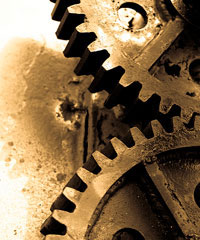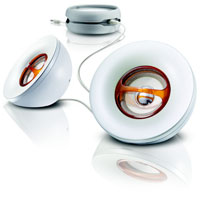Industrial design is a complex field. Designers are constantly faced with the challenge of coming up with machines that are stable, sturdy, and functional. In recent years, new challenges have emerged too. Today, designers face two opposing forces pulling at their efforts – those challenges being the issues of mass consumption and environmental impact.
Some companies reduce their environmental impact by simply trying to use less material when they make their products. This is a simple and obvious solution, but it’s not always the right one. A good designer finds ways to make the production process less wasteful without cutting corners when it comes to the quality of the product.
Industrial machines are often subject to a lot of stress during use. They must be strong, reliable, and have multiple redundancies. If something breaks, the machine must fail in a safe manner so that the operator can get to safety. This is especially true if the machinery is intended for use in the aerospace or automotive industry where there are numerous safety regulations that must be complied with.
Form and Function
If you’ve ever walked past a building site, you’ve probably noticed the distinctive appearance of certain machines. Caterpillar, for example, makes instantly recognizable trucks, loaders, bulldozers, and other products. Their bright yellow colour scheme isn’t just a branding choice – it’s a safety choice, and it ensures that their machines are clearly visible on the building site.
Caterpillars big tracks and chunky wheels are also both an important part of their brand image and an example of a clever design choice. Their machines are sturdy, stable, strong, and able to handle incredibly heavy loads.
Cost can be an issue when designing for industry, but in general industrial buyers are less price-conscious than the consumer market. A machine bought for use in a shop or plant could be expected to last for a decade or more, while a consumer grade product may be replaced in a year or two, and many consumers buy based on looks and price. Quality, reliability, and safety are the primary concerns when designing for industry.
Avoiding Design Myopia
 One mistake that many industrial designers and architects make is developing “design myopia”. People who are trained in a specific aspect of design tend to see the world differently to people without the same training. They sometimes focus on individual aspects of a design, rather than seeing the whole picture. This makes it difficult for them to imagine how others will see the design.
One mistake that many industrial designers and architects make is developing “design myopia”. People who are trained in a specific aspect of design tend to see the world differently to people without the same training. They sometimes focus on individual aspects of a design, rather than seeing the whole picture. This makes it difficult for them to imagine how others will see the design.
While this phenomenon isn’t too important for something that is purely functional, it can be problematic for architects that have an industrial design background. Until the beginning of the 20th century, architects were trained to make their buildings “blend in” with the background of the city. In more recent years, however, industrial design has taken over, and architects are paying more attention to both “novelty”, and function. This has led to numerous Spartan buildings that are unappealing on the outside, and often unhealthy inside too.


